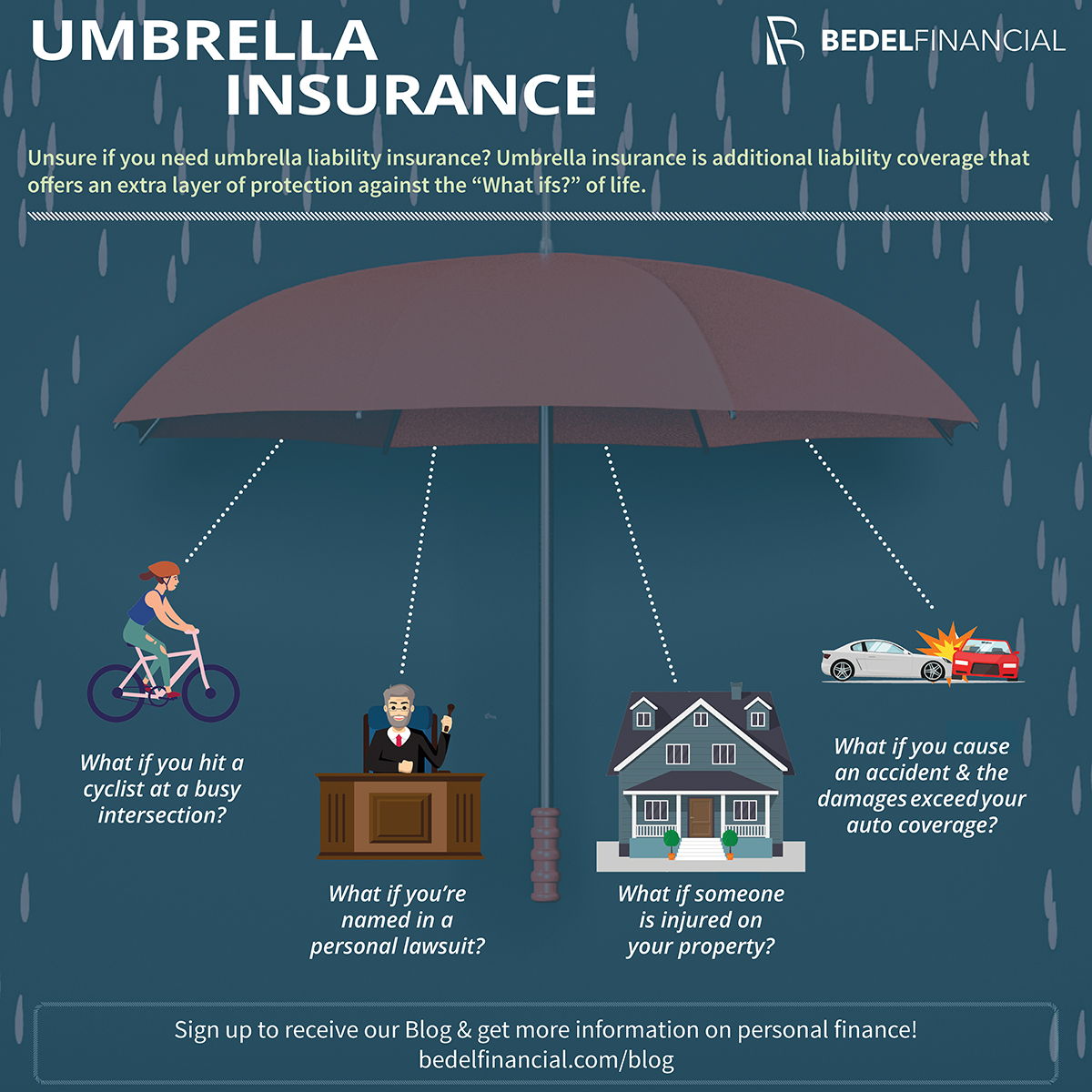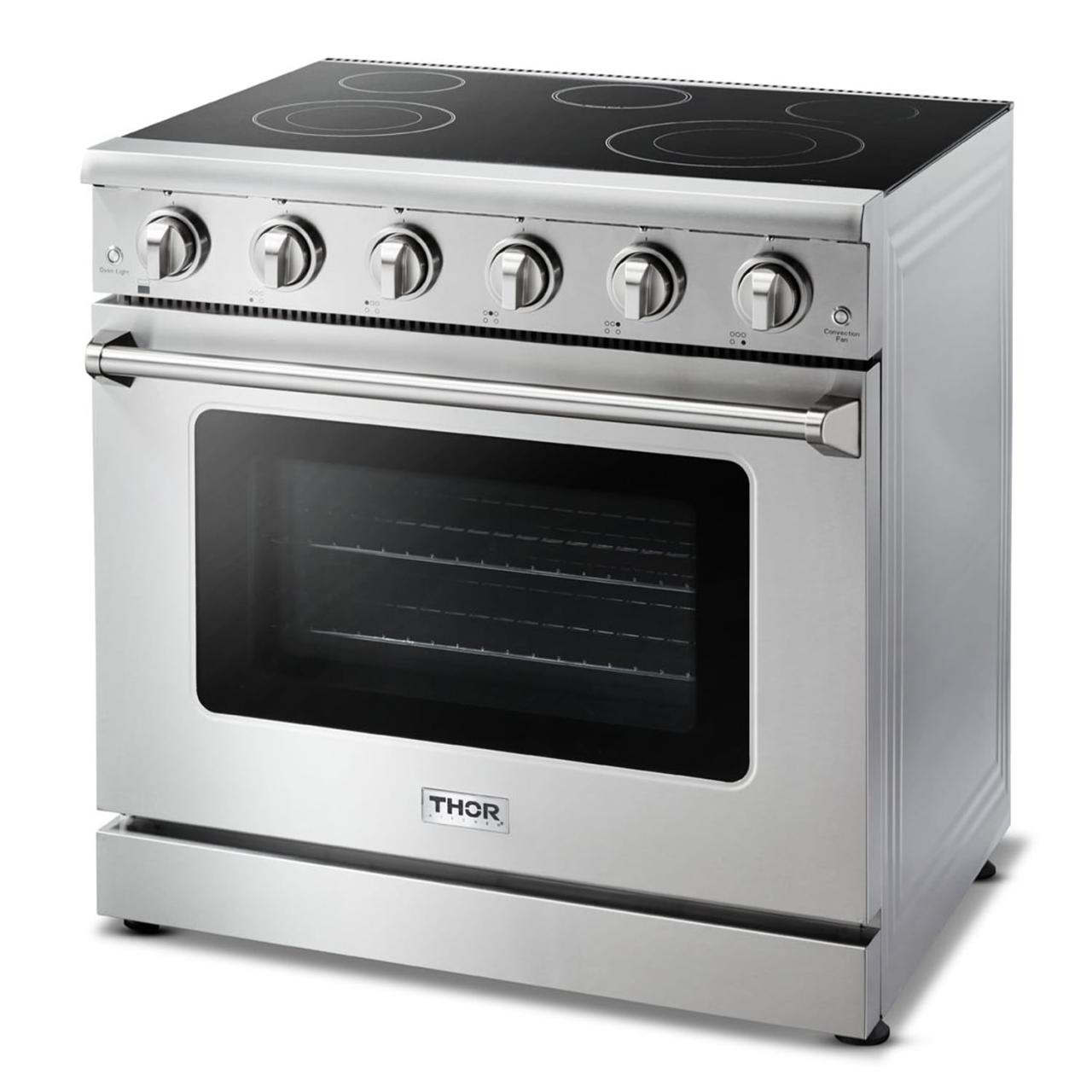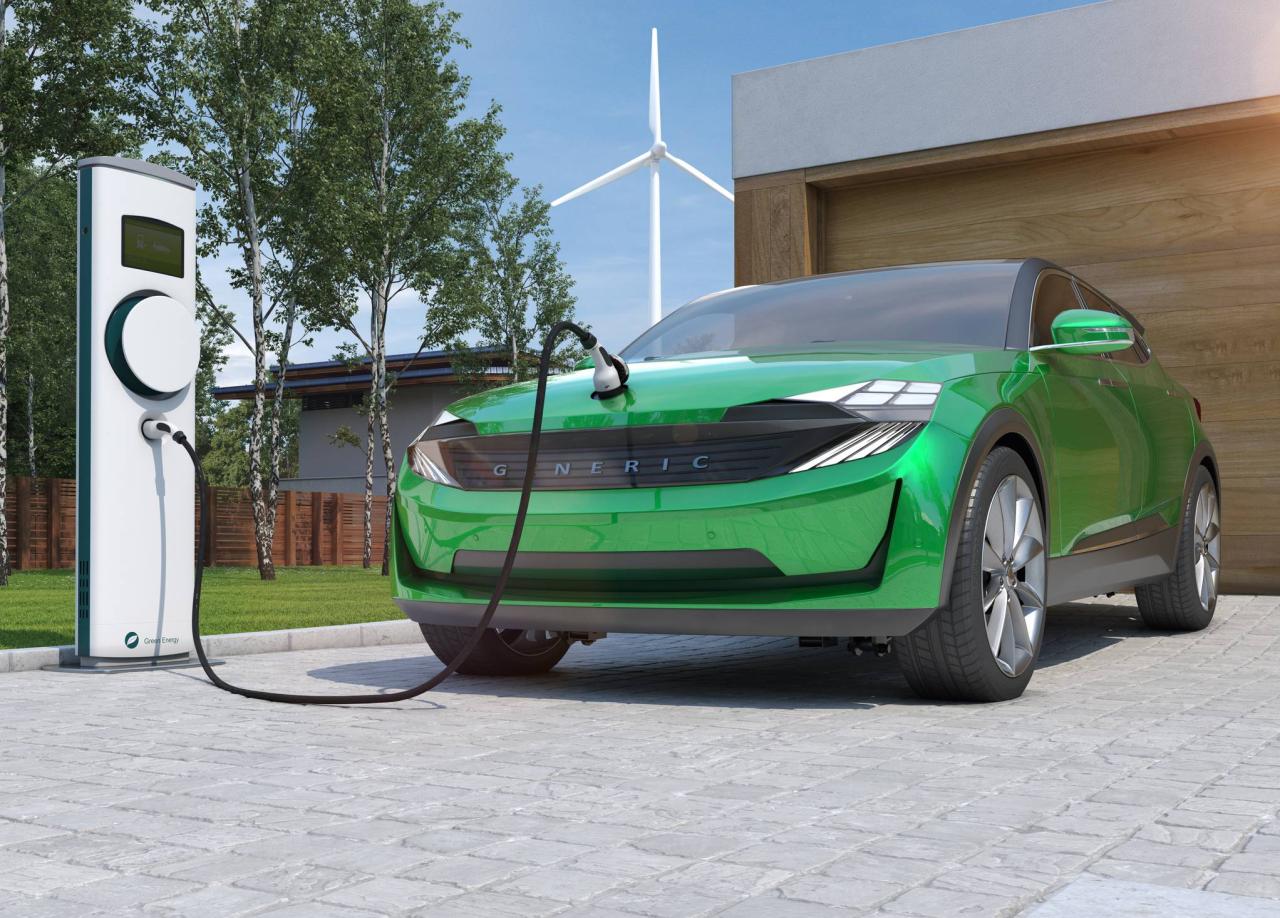Navigating the Complexities of Commercial Insurance in Florida
Florida’s unique commercial insurance landscape is a tapestry woven with the threads of natural disasters, regulatory complexities, and a diverse range of industries. From the towering skyscrapers of Miami to the sprawling citrus groves of central Florida, businesses face a multitude of risks, making comprehensive insurance coverage a critical component of success. This guide delves into the intricacies of commercial insurance in Florida, providing insights into key considerations, navigating the claims process, and building a robust risk management plan. Understanding the nuances of Florida’s insurance market is crucial for businesses seeking to secure the right coverage and mitigate potential risks. This guide explores the factors that influence premiums, the types of insurance commonly required, and the impact of state regulations on the market. We’ll also delve into industry-specific considerations, emerging trends, and real-world examples of how businesses have navigated insurance challenges. Understanding Commercial Insurance in Florida Florida’s commercial insurance landscape is unique and complex, influenced by several factors that significantly impact the cost and availability of coverage. This article delves into the key characteristics of commercial insurance in Florida, exploring the factors that influence premiums and providing examples of common insurance types required in the state. Factors Influencing Commercial Insurance Premiums in Florida Several factors contribute to the determination of commercial insurance premiums in Florida. These factors are interconnected and often fluctuate, leading to variations in insurance costs across different businesses and industries. Hurricane Risk: Florida is highly susceptible to hurricanes, making it a top concern for insurance companies. Businesses located in hurricane-prone areas often face higher premiums due to the potential for catastrophic damage. Property Values: The value of insured property plays a crucial role in determining premiums. Businesses with higher property values typically pay higher premiums as the potential financial loss in case of a covered event is greater. Business Operations: The nature of a business’s operations significantly influences its insurance needs and, consequently, its premiums. Businesses with high-risk activities, such as manufacturing or construction, may face higher premiums due to the increased potential for accidents or liability claims. Claims History: A business’s past claims history is a key factor in determining its premium. Businesses with a history of frequent or high-value claims may face higher premiums as they are perceived as a higher risk by insurers. Market Competition: The level of competition in the insurance market also impacts premiums. When there is limited competition, insurers may have more leverage to charge higher premiums. Conversely, increased competition can drive down premiums as insurers strive to attract customers. Regulatory Environment: Florida’s regulatory environment plays a significant role in shaping the insurance market. Regulations related to coverage requirements, rate filings, and claim handling can influence insurance costs. Common Commercial Insurance Types Required in Florida Florida businesses are required to carry certain types of insurance to comply with state regulations and protect themselves from potential financial losses. General Liability Insurance: This coverage protects businesses from financial losses arising from third-party claims for bodily injury or property damage caused by the business’s operations or employees. It is a standard requirement for most businesses in Florida. Workers’ Compensation Insurance: This coverage provides benefits to employees who suffer work-related injuries or illnesses. It is mandatory for most employers in Florida, regardless of the number of employees. Property Insurance: This coverage protects businesses from financial losses due to damage or destruction of their property, such as buildings, equipment, and inventory. It is essential for businesses in Florida, especially those located in hurricane-prone areas. Commercial Auto Insurance: This coverage protects businesses from financial losses arising from accidents involving their vehicles. It is required for all businesses that operate vehicles, including cars, trucks, and vans. Professional Liability Insurance: This coverage protects professionals, such as lawyers, doctors, and accountants, from financial losses arising from claims of negligence or malpractice. It is often required for businesses that provide professional services. Key Considerations for Florida Businesses Florida’s business landscape presents unique challenges, particularly when it comes to commercial insurance. The state’s susceptibility to natural disasters, coupled with a complex regulatory environment, necessitates a comprehensive understanding of the risks and considerations involved. This section will delve into the key factors that businesses must address when securing commercial insurance in Florida. Hurricane Risk and Insurance Coverage Hurricanes pose a significant threat to Florida businesses, causing substantial damage to property and disrupting operations. The frequency and intensity of these storms necessitate specialized insurance coverage to mitigate the financial impact. Hurricane Deductibles: Commercial insurance policies in Florida often include high hurricane deductibles, requiring businesses to shoulder a significant portion of the repair costs. These deductibles can range from a percentage of the insured value to a fixed dollar amount. Flood Insurance: While standard commercial property insurance typically does not cover flood damage, businesses in flood-prone areas must secure separate flood insurance policies. The National Flood Insurance Program (NFIP) offers coverage, but it’s crucial to understand the limitations and requirements. Windstorm Coverage: Windstorm coverage is essential for protecting businesses against damage caused by hurricane-force winds. This coverage is typically included in commercial property insurance policies, but specific exclusions and limitations may apply. Finding the Right Coverage Navigating the complex world of commercial insurance in Florida requires a strategic approach. Understanding your business’s unique risks and needs is crucial to securing adequate protection. This section provides a step-by-step guide for Florida businesses to find the right insurance coverage. Assessing Insurance Needs Determining the right insurance coverage for your Florida business involves a thorough assessment of your potential risks and liabilities. This process should be comprehensive and involve multiple stakeholders within your organization. Identify potential risks: Begin by identifying potential risks specific to your industry, business operations, and location. Consider factors like natural disasters, property damage, liability claims, and employee safety. Evaluate potential financial impact: Assess the potential financial impact of each risk. For example, a hurricane could cause significant property damage, leading to business interruption and lost revenue. Review existing coverage: Examine your current insurance policies to determine if they adequately address the identified risks. Consider if any gaps in coverage exist and whether additional policies are needed. Consult with insurance professionals: Engage with experienced insurance brokers or agents specializing in commercial insurance in Florida. Their expertise can help you navigate the complexities of coverage options and tailor a plan that aligns with your business’s specific needs. Comparing Insurance Providers The Florida insurance market is competitive, with numerous providers offering a wide range of coverage options. A thorough comparison of providers is essential to secure the most favorable terms. Research and compare: Utilize online resources, industry publications, and independent insurance rating agencies to research and compare different providers. Factors to consider include financial stability, claims handling experience, and customer service reputation. Request quotes: Obtain quotes from multiple providers for the same coverage to compare pricing and policy terms. Be sure to provide accurate and complete information about your business and its operations. Review policy details: Carefully review the policy documents provided by each provider, paying attention to coverage limits, deductibles, exclusions, and other important terms and conditions. Seek clarification: Don’t hesitate to ask questions and seek clarification from insurance providers about any aspects of the policies that are unclear or require further explanation. Negotiating Favorable Terms Once you have identified potential insurance providers and obtained quotes, it’s crucial to negotiate favorable terms that protect your business’s interests. Leverage your bargaining power: If you have a strong business track record, a history of low claims, or multiple insurance needs, you can leverage this bargaining power to negotiate better rates and coverage. Explore bundling options: Inquire about bundling multiple insurance policies, such as property, liability, and workers’ compensation, with the same provider. Bundling can often lead to discounts and more favorable terms. Consider deductibles and coverage limits: Negotiate deductibles and coverage limits that align with your risk tolerance and financial capacity. Higher deductibles can often lead to lower premiums, but you must ensure you can afford to pay the deductible in the event of a claim. Review policy terms and conditions: Thoroughly review the policy terms and conditions, including exclusions, limitations, and specific requirements. Ensure you understand the scope of coverage and any potential limitations. Navigating Claims Processes In Florida, navigating the commercial insurance claims process can be complex, requiring careful understanding of procedures and potential challenges. It is crucial to understand the process, common hurdles, and strategies to maximize payouts. Filing a Claim To file a claim, businesses must follow specific steps Artikeld in their policy. Prompt Notification: Businesses should immediately notify their insurance company about the claim, typically within a specified timeframe (often 24-72 hours). Failure to comply can result in claim denial. Detailed Documentation: Providing comprehensive documentation, including incident reports, photographs, and witness statements, is essential. Accurate and detailed records support the claim and expedite the process. Cooperation: Insurers require policyholders to cooperate fully throughout the claims process, including attending inspections and providing requested information. This demonstrates good faith and facilitates a smooth claim resolution. Common Challenges Businesses often encounter difficulties when filing claims. … Read more










